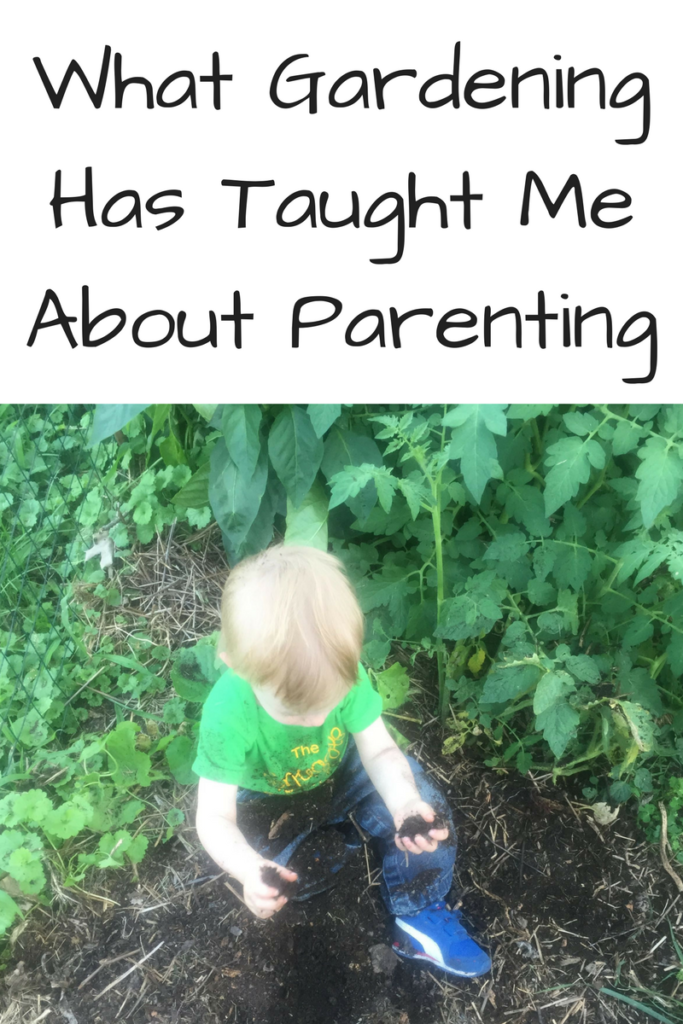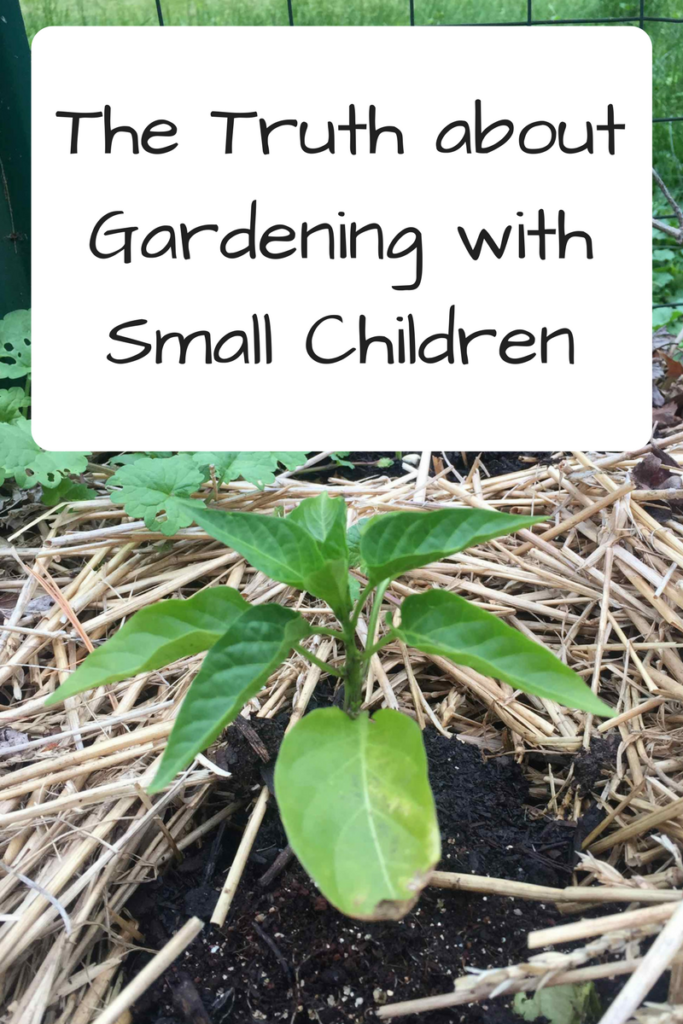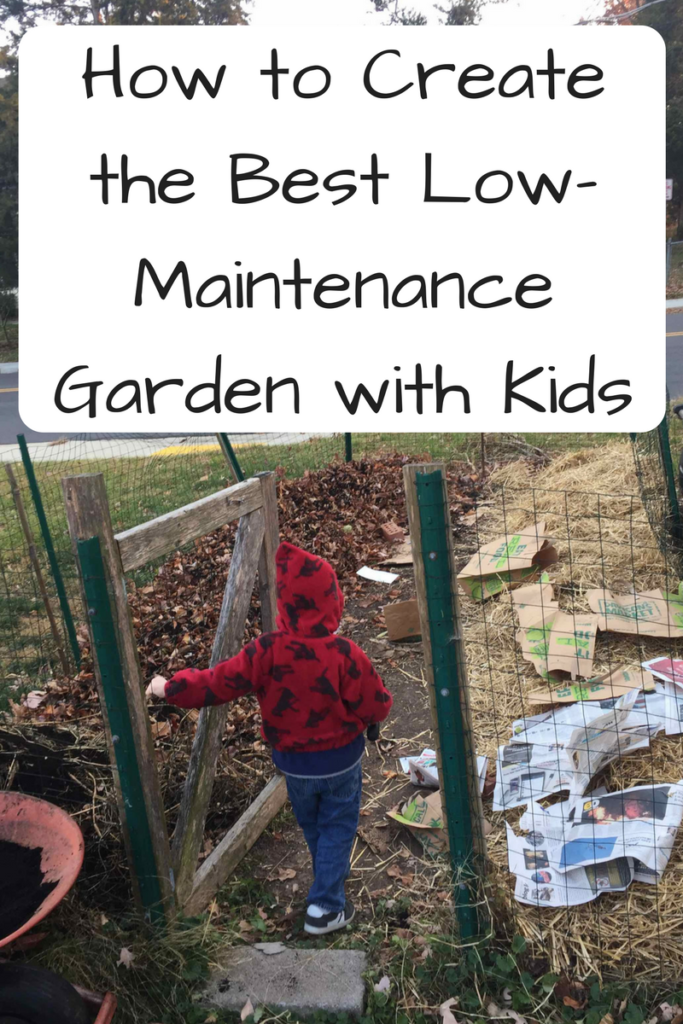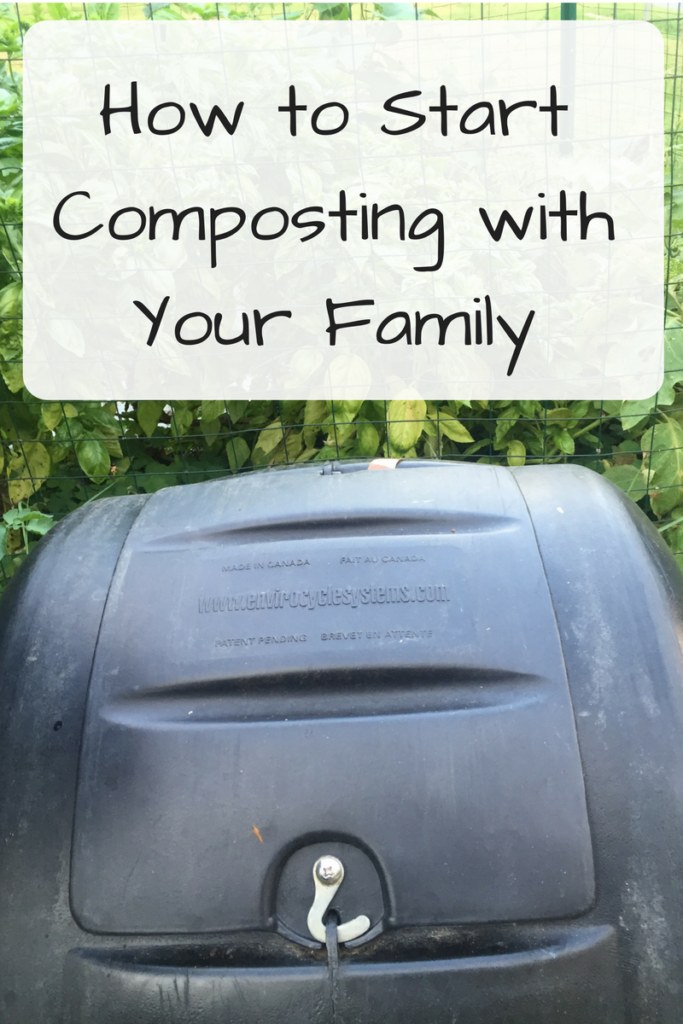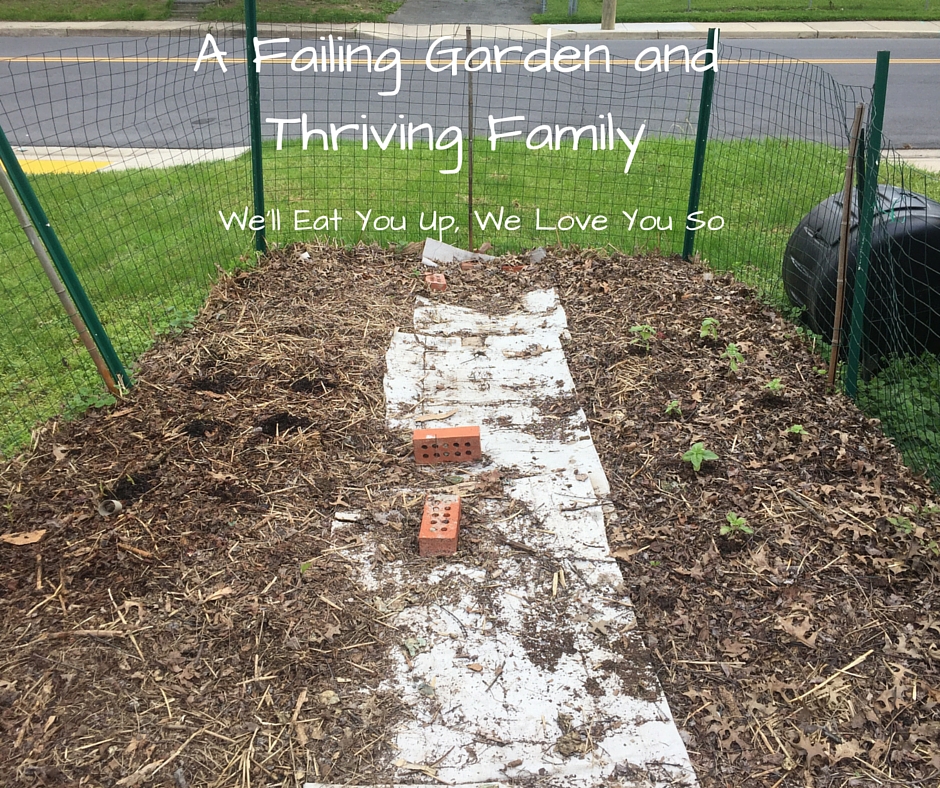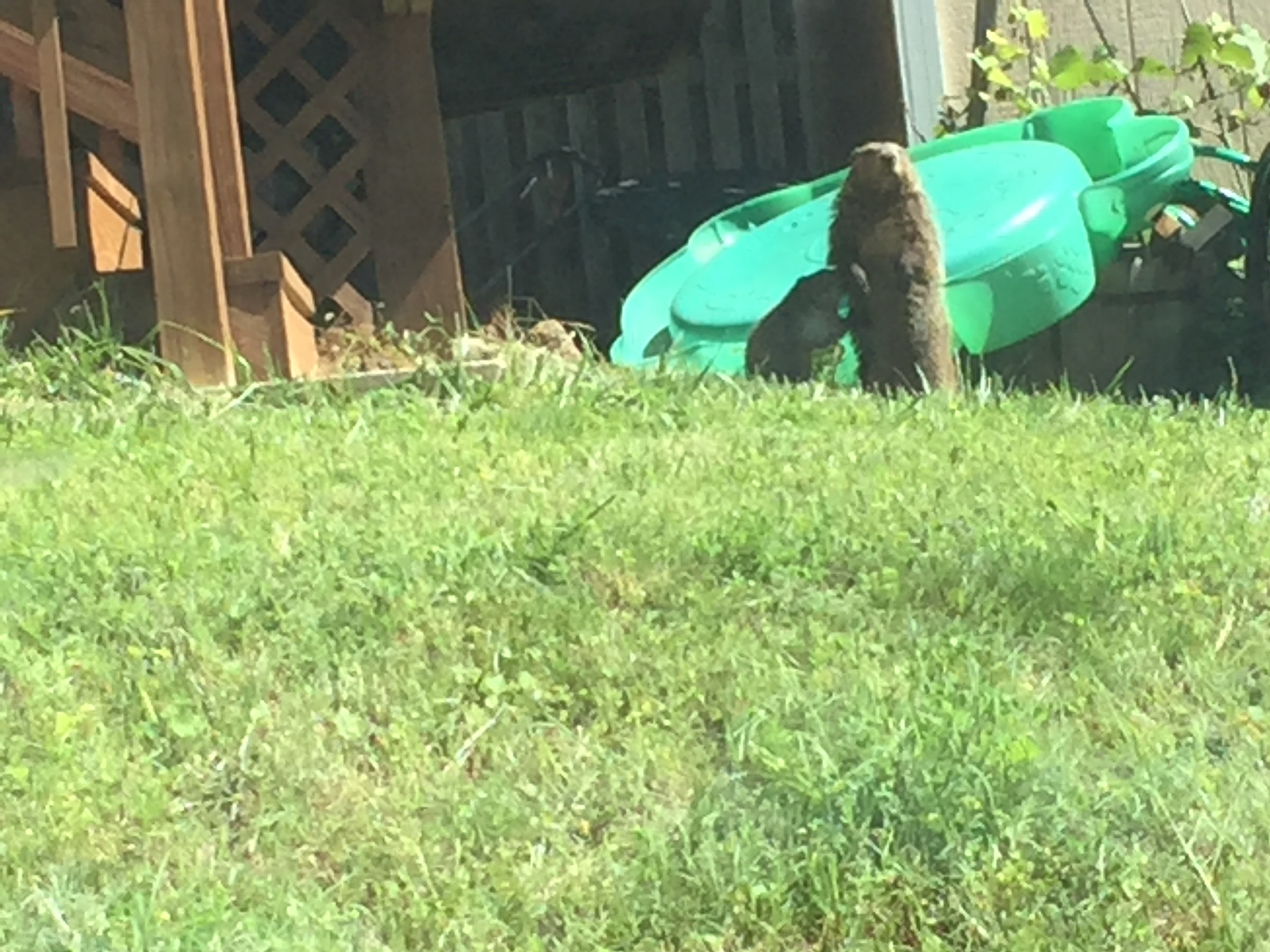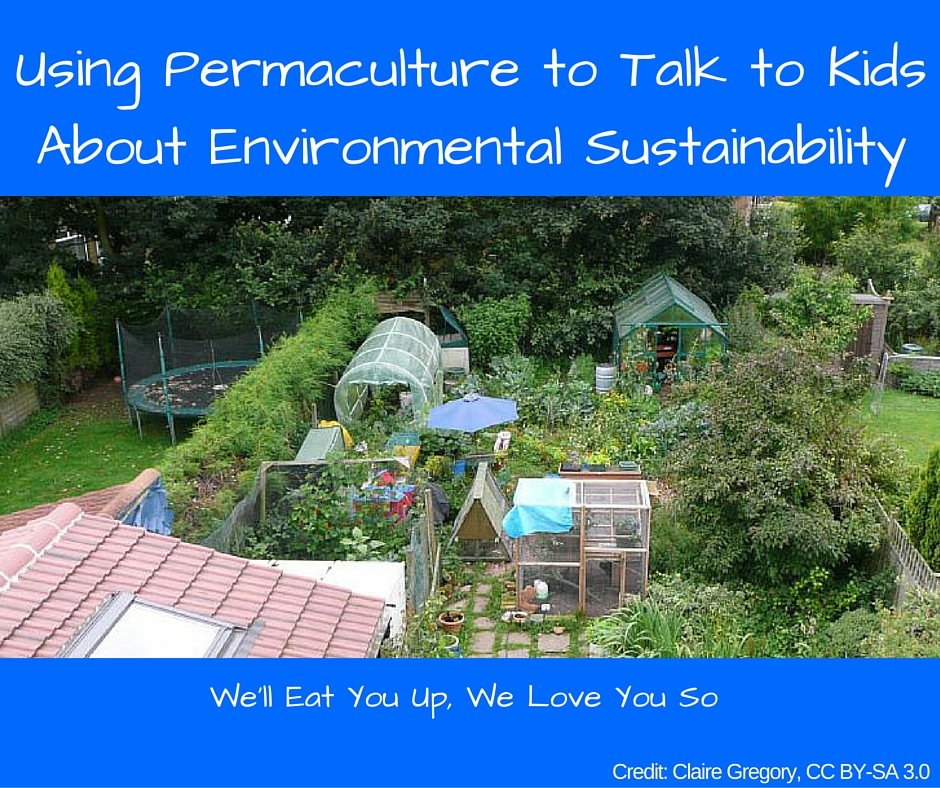Planting vegetables in your and your kids’ garden is a great way to build a connection with their food source. But to get the most out of it, planning is key! Here’s how to effectively plan a family vegetable garden.
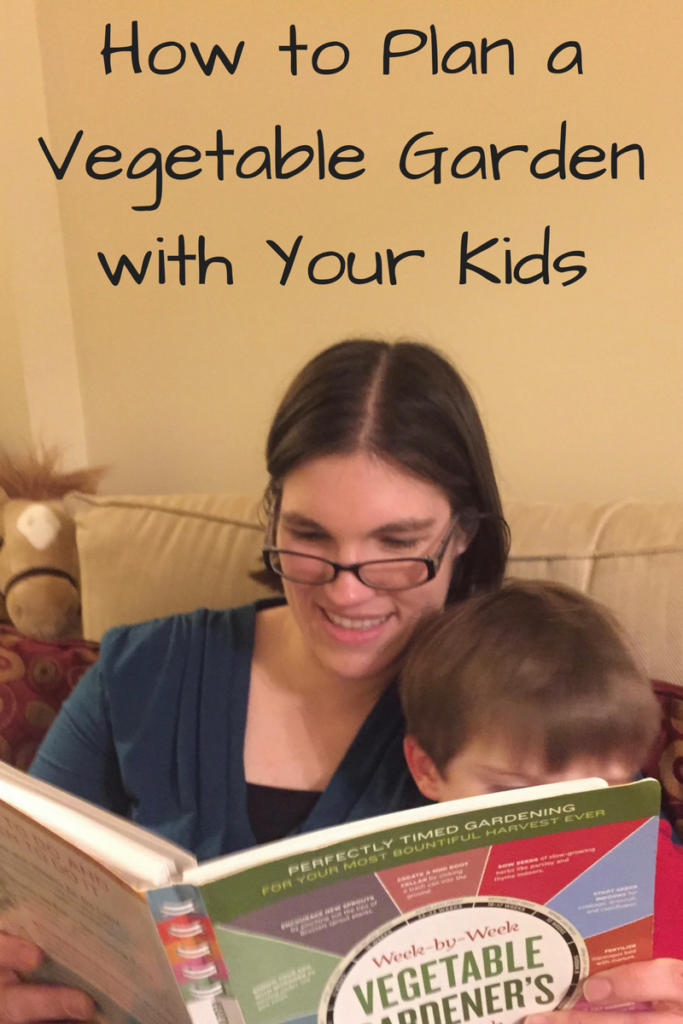
The bright illustrations of the seed catalog beckoned us, reminding us of spring among the dreary February slush. The cover featured gnomes frolicking among eggplants and tomatoes. With my older son sitting next to me, I opened it up, my eyes scanning the options.
“What do you want to plant?” I ask him. His mouth twists in thought. “Tomatoes. I want to plant tomatoes.”
“We’ll definitely plant tomatoes,” I say, nodding.
It was garden-planning time once again. Each year, as we find ourselves sick of Washington D.C.’s endless freezing rain, this season comes along to greet us with hope.
Perhaps it’s my background in understanding the connections between things in nature, perhaps it’s my focus on sustainability and minimizing interference after the fact, or maybe it’s just my love of to-do lists, but planning is the most important step of gardening for me. Even though the garden itself often ends up a bit of a mess, I always start with a solid plan.
Planning has become even more important with kids. Thankfully, getting kids involved in planning from the beginning is a great way to introduce them to gardening.
Here’s how we plan our kids garden:
